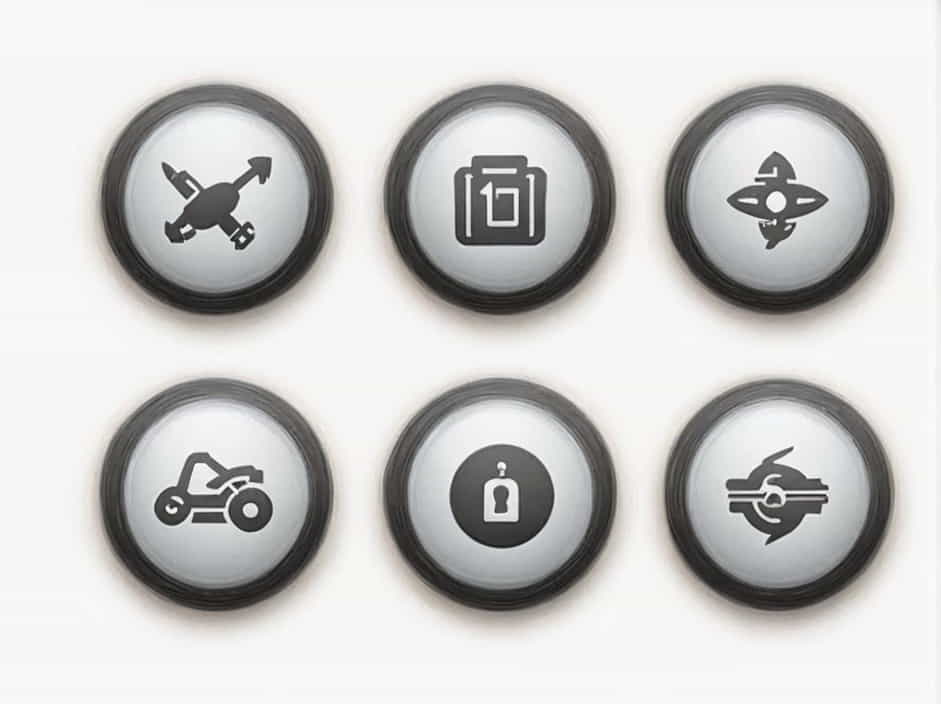The word transpose is widely used in different fields, including mathematics, music, linguistics, and computing. It generally refers to the act of switching, interchanging, or rearranging elements in a structured way. The meaning of transpose may vary depending on the context, but the core idea remains the same—reordering or shifting something to a different position.
This topic explores the definition of transpose, its applications in various disciplines, and why it is important in mathematical operations, music composition, language studies, and computer science.
What Does Transpose Mean?
General Definition
To transpose means to change the position or order of something. It comes from the Latin word transponere, which means “to place across” or “to change position”.
In everyday language, to transpose something means to swap or rearrange its parts while maintaining its original essence. For example, if you transpose the letters in a word, you create an anagram.
Key Characteristics of Transposition
- Reordering elements without altering their individual properties.
- Maintaining structure but changing arrangement.
- Used in multiple fields, from mathematics to music and beyond.
Transpose in Mathematics
What Is a Transposed Matrix?
In mathematics, transposition is commonly used in linear algebra, particularly with matrices.
A transpose of a matrix refers to the operation of flipping the rows and columns. This means that if a matrix has an element at position (row i, column j), after transposition, it moves to (row j, column i).
For example, if we have a matrix:
The transpose of A (denoted as Aᵀ) would be:
Uses of Matrix Transposition
- Data organization in computing and programming.
- Solving equations in linear algebra.
- Signal processing and image transformation in engineering.
Transpose in Music
What Does It Mean to Transpose Music?
In music, transposing refers to changing the key of a piece while maintaining its melodic structure. Musicians often transpose songs up or down to suit different vocal ranges or instruments.
How Is Music Transposed?
To transpose music, every note is shifted by the same interval. For example, if a song in the key of C major is transposed up by two semitones, it will now be in the key of D major.
Why Do Musicians Transpose?
- To match a singer’s vocal range.
- To make a piece easier to play on a different instrument.
- To create variations of a composition.
Transpose in Language and Literature
Linguistic Transposition
In grammar and linguistics, transposition involves rearranging words or phrases while maintaining meaning.
For example:
- Original: “She quickly ran to the store.”
- Transposed: “Quickly, she ran to the store.”
This technique is often used in poetry, literature, and translation to adjust sentence structure while keeping the intended meaning.
Anagrams and Transposed Letters
Transposition also applies to wordplay, where letters in a word are rearranged to form a new word. This is known as an anagram.
Example:
- “Listen” → “Silent”
- “Earth” → “Heart”
Transpose in Computer Science
How Is Transposition Used in Programming?
In computer programming and data processing, transposition is often used for restructuring data. One common example is transposing a table or dataset in a spreadsheet or database system.
Examples of Transposition in Computing
- Swapping rows and columns in Excel or Google Sheets.
- Rearranging datasets for better analysis.
- Transforming arrays in programming languages like Python, Java, or C++.
The term transpose has a broad range of meanings across different disciplines. Whether in mathematics, music, language, or computer science, transposing involves reordering elements while preserving their structure.
Understanding what transpose means and how it is applied can help in various practical situations, from solving mathematical equations to adjusting music compositions and organizing data efficiently.
